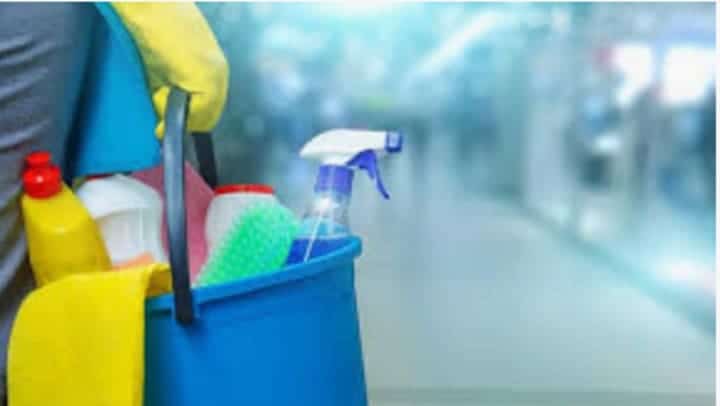There is much to learn about the novel coronavirus (SARS-CoV-2) that causes coronavirus disease 2019 (COVID-19). Currently, it is believed the spread from person to person and happens most frequently among close contacts (within about 6 feet) through respiratory droplets.
Currently, there are no documented cases specifically from surfaces, but The New England Journal of Medicine (March 17, 2020) found SARS-CoV-2, stays on hard surfaces like plastic, steel, countertops, and glass up to 72 hours, porous surfaces like cardboard, paper, and fabrics up to 24 hours, and can remain airborne in droplets released from coughing or sneezing up to 3 hours.
Here are the Top Nine Ways to Keep Your Loved Ones Safe:
9. Fresh Air
Open doors and windows and use fans to increase air circulation. Wait a few hours (up to 24 hours) before cleaning and disinfection. Improved ventilation shortens the time it takes respiratory droplets to be removed from the air.
8. Go Shoeless
Create a “Safe Space” for shoes. If the virus can live on the sole of your shoe, it will prevent you from introducing it into your home from a simple trip to the grocery store. Just make sure you clean them outside your home or apartment and let them dry naturally.
7. Light Up Electronics
Wipe with alcohol-based wipes or sprays containing at least 70% alcohol to disinfect touch screens. Dry surfaces thoroughly to avoid the pooling of liquids. Consider UV sanitizing boxes that claim to kill 99.9 percent of bacteria and viruses on phones, toothbrushes, pacifiers, and several other surfaces. None of them have been proven to kill the coronavirus, but many have had rigorous third-party lab testing to support their claims.
6. Launder Soft Surfaces
The CDC guidance suggests laundry from a person who is sick can be washed with other people’s items but remember to not shake dirty laundry and wear disposable gloves. Don’t forget to disinfect hampers and reusable grocery bags. For other (porous) surfaces such as carpeted floors, rugs, and drapes, use the appropriate cleaners indicated for use. If any of these items can be laundered, launder them in accordance with the manufacturer’s instructions using the warmest water setting and then dry items completely. Do not shake rugs as this will emit into the air.
5. Sanatize ‘Sit In’
For hard surfaces, most household disinfectant cleaners will decontaminate surfaces. When you disinfect, make sure to leave the solution on the surface for at least 1 minute and use an EPA-approved or bleach solution. For a bleach solution, mix 5 tablespoons or 1/3rd cup bleach per gallon of water or use an alcohol solution with at least 70% alcohol.
4. MAKE IT A HABIT – DAILY CLEAN OF HIGH-TOUCH SURFACES –
High-touch surfaces include tables, doorknobs, light switches, countertops, handles, desks, phones, keyboards, toilets, faucets, sinks, etc. These need to be wiped down daily to prevent the spread of bacteria. Don’t forget your microwave, your washing machine, your car keys, your steering wheel, and other hard surfaces in your car!
3. Dishes and Silverware
The easiest way to sanitize your dishes is to run them through the sanitizing cycle in the dishwasher but you can make a solution by combining one tablespoon of chlorine bleach with a gallon of cool water (hot water prevents the bleach from sanitizing properly). After washing with soap and water, soak for one minute, and then rinse with clean water.
2. Groceries
If you bought anything that is acceptable to keep in your garage for three days (toilet paper, potatoes, onions, etc.), do so. For items that need to be refrigerated always, wash your hands carefully first. Designate “dirty” space with a cloth to denote uncleaned versus cleaned foods. Put your grocery items on the uncleaned surface. Use either Lysol or Clorox spray or wipes and clean the surfaces of each item including bread wrapped in plastic, yogurt containers, etc. Once cleaned, move to the “clean” surface. Finally, discard all plastic bags or wash bags and then wash your hands carefully again.
As it relates to produce, even outside a pandemic, it is a good practice to wash fruits and vegetables by making your own produce wash. Use a BPA-free spray bottle and fill it with 2 parts water and 1 part apple cider vinegar. Spritz your fruits and veggies thoroughly and then rinse very well.
1. Clean YOURSELF!
Some tipsters recommend having inside wear and outside wear to ensure you are not carrying in unwanted guests on your person. However, once your home is clean, I cannot ignore the most obvious source of bacteria (beyond your shoes, laundry, dishes, electronic devices, and groceries!) Overwhelmingly, the most important things to clean according to the CDC guidelines are your hands. Frequent handwashing, not touching one’s face and social distancing are the most prevalent ways the virus is spreading.
Together, we can beat the spread. For answers to visitation questions specific to your Inspired Living community, please contact the community’s executive director.




